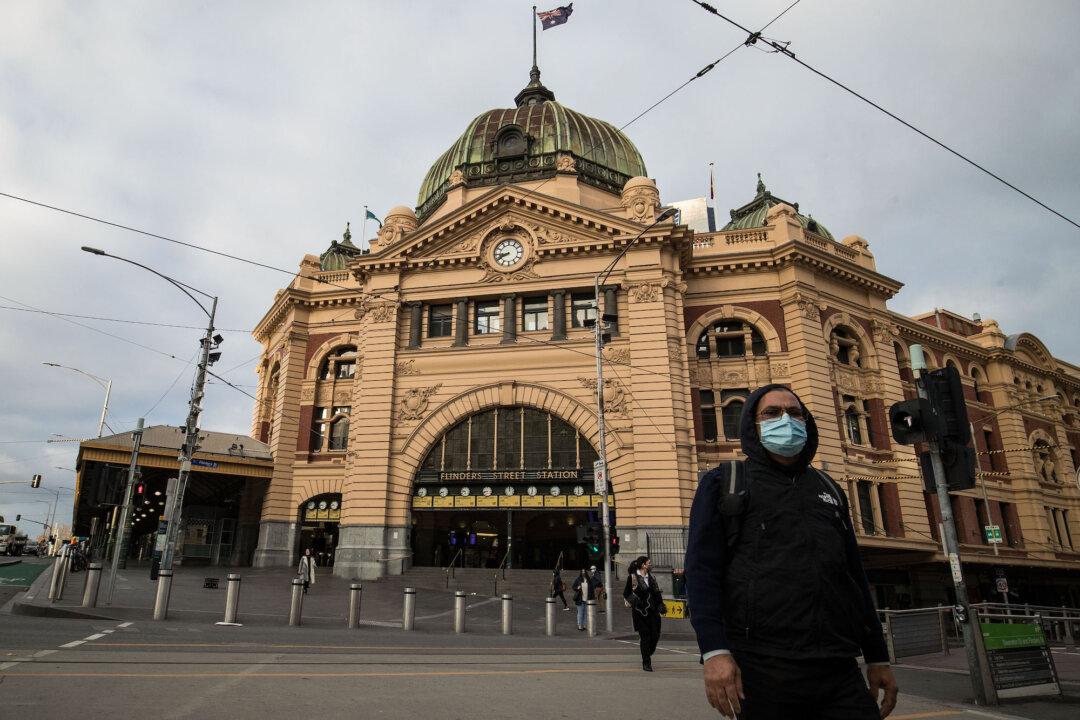Commentary
Many are starting to realise that Victoria’s economy is a house of cards built on a foundation of printed money; the question is, for how much longer can this be denied?

Many are starting to realise that Victoria’s economy is a house of cards built on a foundation of printed money; the question is, for how much longer can this be denied?